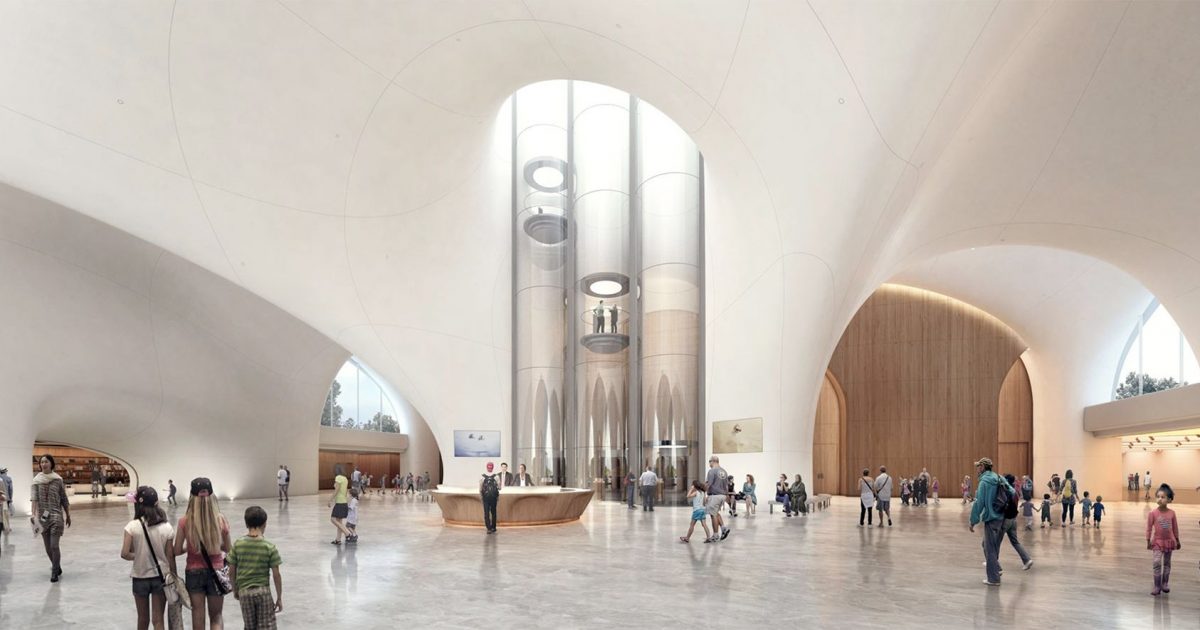The Lucas Museum of Narrative Art will house the private art and memorabilia collections of famed filmmaker, George Lucas and his wife, Mellody Hobson. The Museum is being constructed on two state-owned parking lots on Vermont Avenue south of Exposition Boulevard.
Construction of the Museum is expected to take approximately five years, having started in early 2018 and finishing in 2025. The Museum of Narrative Art will be a unique 115-foot-tall, base isolated building. Nearly one-third of the proposed building’s 290,000 sf will be dedicated to gallery space, with other program elements including a movie theater, lecture hall, library, restaurant and several digital classrooms. A publicly accessible green roof terrace will cap the building, while a 2,425-space parking complex will be located underneath. The new museum and surrounding 11-acre public space is set to revitalize Los Angeles’ Exposition Park.

ENGEO is undertaking geotechnical and environmental engineering for the project.

In the course of our geotechnical engineering design on the museum, the base-isolation designer concluded that the ground motions considered in their initial design would result in excessive movements of the structure. A re-design would likely have led to significant impacts to schedule and budget. Furthermore, the re-design would have necessitated larger structural elements (e.g., columns and beams), resulting in a less aesthetic structure. This prompted the team to apply a new approach to more accurately and precisely predict the ground motions for the site, possibly reducing the amplitudes predicted for the design earthquake.
The original ground motions were obtained using traditional, ergodic seismic hazard analysis (SHA) methods. These traditional approaches rely on broad datasets from across the world. Consequently, these approaches have greater uncertainty and may be biased by seismic events that may not occur at the site of interest. Recently, non-ergodic SHA procedures have been developed that use ground motion records at or near the site of interest, along with simulations, to develop more refined ground motion estimates. The implementation of non-ergodic SHA is considerably more complicated than traditional ergodic SHA. However, our team of three engineers and one seismologist teamed up with leading expert Jonathan Stewart from UCLA to implement these state-of-the-art analysis procedures at the Lucas Museum site. Faced with many challenges along the way, the design team tirelessly worked to perform this work in a little more than one month.